Jeju Island is a popular destination for holidaymakers from all over Eastern Asia, mainly because of its mild temperate climate, large beach resorts and unique natural heritage to be found all over the island. My original plan for South Korea was to travel in the mainland from Busan to Seoul, but because I needed several days in Seoul to get my Mongolian visa, I chose to spend a few days on Jeju Island instead and fly to Seoul, so I knew I would get there on time.
I had been debating whether or not to go to Jeju Island for a while, mainly because I knew it was a tourist destination, which is something I generally try to avoid. At the same time, there was plenty in mainland South Korea that I wanted to see, but in the end, Jeju Island was the cheapest and most convenient option, if I wanted to see more than just the capital. And although Jeju Island was indeed very touristy and crowded, I really enjoyed my time there and filled every day with trips to natural heritage sites around the island.
For the four nights that I had on the island, I decided to stay in a hostel in Seogwipo, the second-largest city located in the southern part of the island, close to most of the natural heritage sites. I arrived at midday after a night of no sleep in a café near the airport in Busan, so all I wanted to do that day was to find my hostel and get some sleep. I had no GPS since my phone was broken and the only map I had was a hand-drawn one, so finding my hostel was not an easy task. But with the help of two really really friendly local men, who didn’t mind walking around the entire city to help me, I finally got to the hostel at about 2 PM, after a local lady had offered to drive me there in the end. Thank goodness for the friendly people of Jeju!
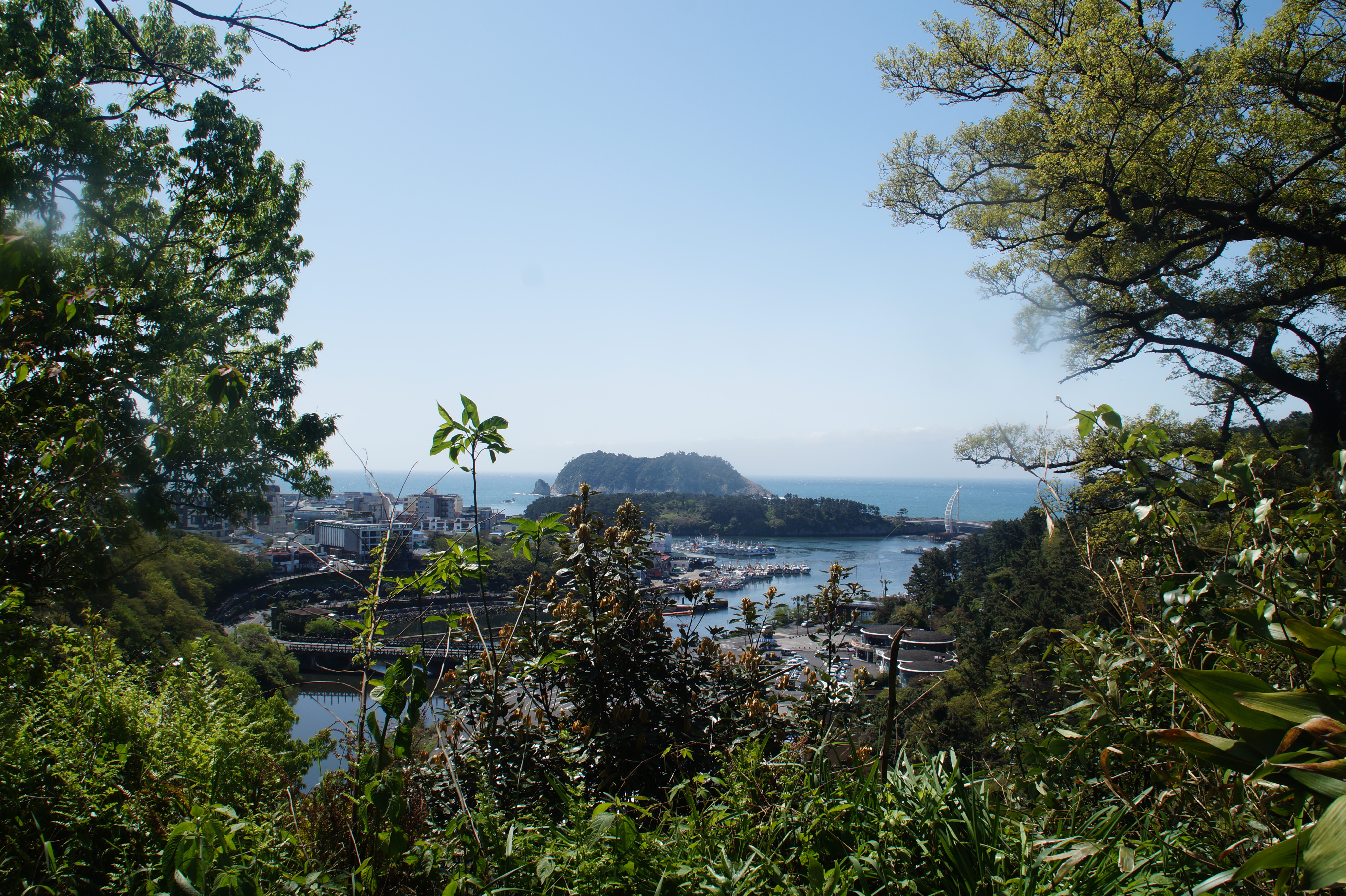
Seogwipo
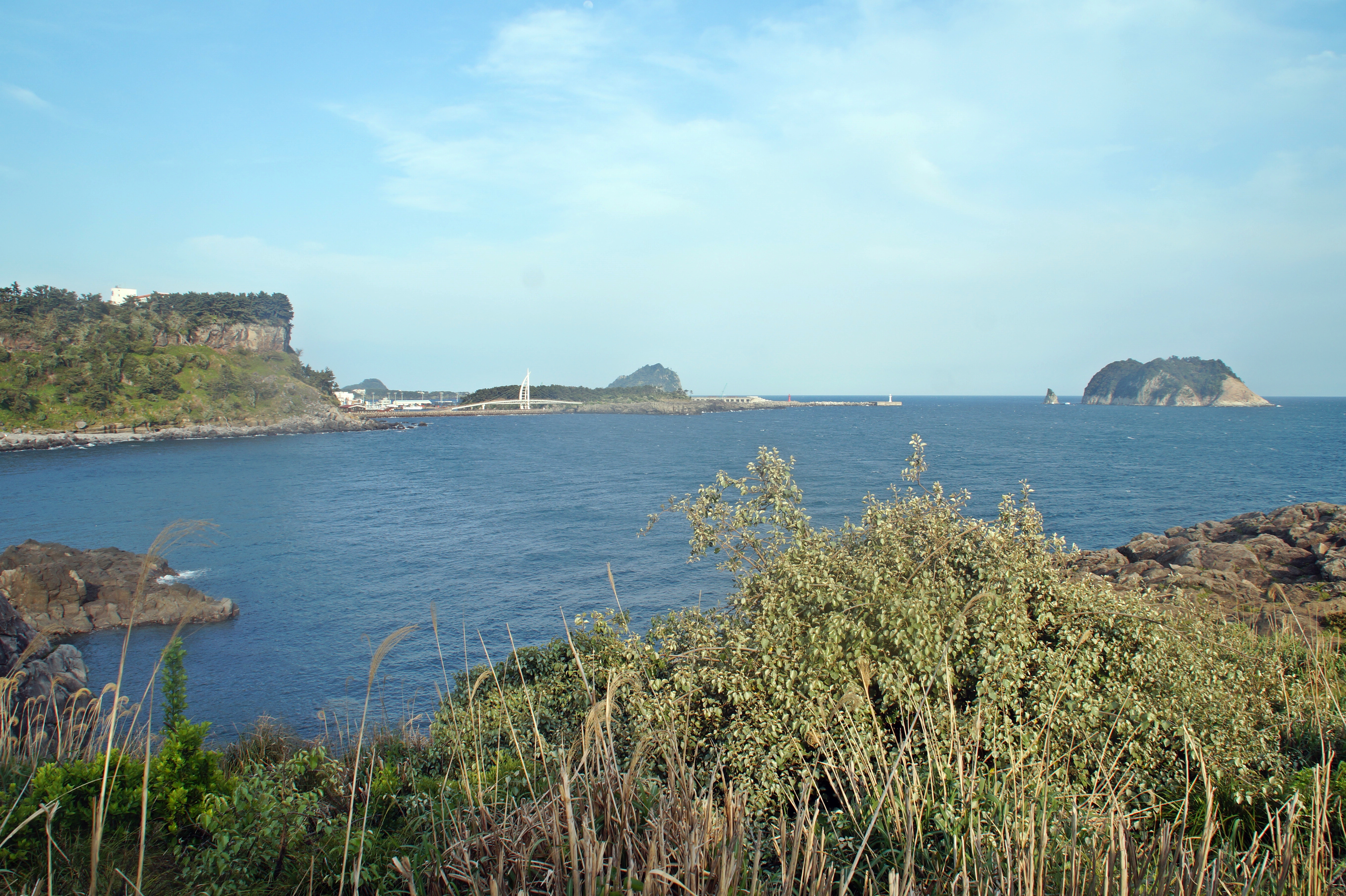
My second day on the island and my first full day of sightseeing was spent in the south. I had quite a few places that I wanted to visit that day and with the busses running quite well on the island, I figured it wouldn’t take me too long. But I was so very wrong.
I caught a bus to my first destination, the Jusangjeolli Cliffs, and as soon as I got off the bus, I started walking in the wrong direction. Anyone who knows me, knows that I cannot go somewhere without getting lost. Especially with no GPS and proper maps, I’m a lost cause. Somehow, I ended up walking several kilometres to a beach resort, before realizing that the cliffs weren’t going to turn up if I kept walking in that direction. So I decided to go back to the bus stop and after more confusion, I finally found out that I should’ve walked the other way.
Since the entrance to the cliffs was located very close to the bus stop, it didn’t take me long to get there after that. But in my defence, the signage on Jeju Island is quite terrible and I wasn’t the only one looking lost. If you ever find yourself there, ignore the big sign with a picture of the cliffs with an arrow pointing to the right and walk to the left instead.
After about two hours of wandering around and purchasing the ticket for 2000 KRW, I was finally able to have a look at the cliffs. The Jusangjeolli Cliffs are stone pillars piled up along the coast jutting 20 meters into the sky. They were created between 250,000 and 140,000 years ago, when the lava from Mount Hallasan erupted into the sea of Jungmun. The stone pillars are quite spectacular and unique because of their hexagonal shape, which makes them look like they were carved by a stonemason.
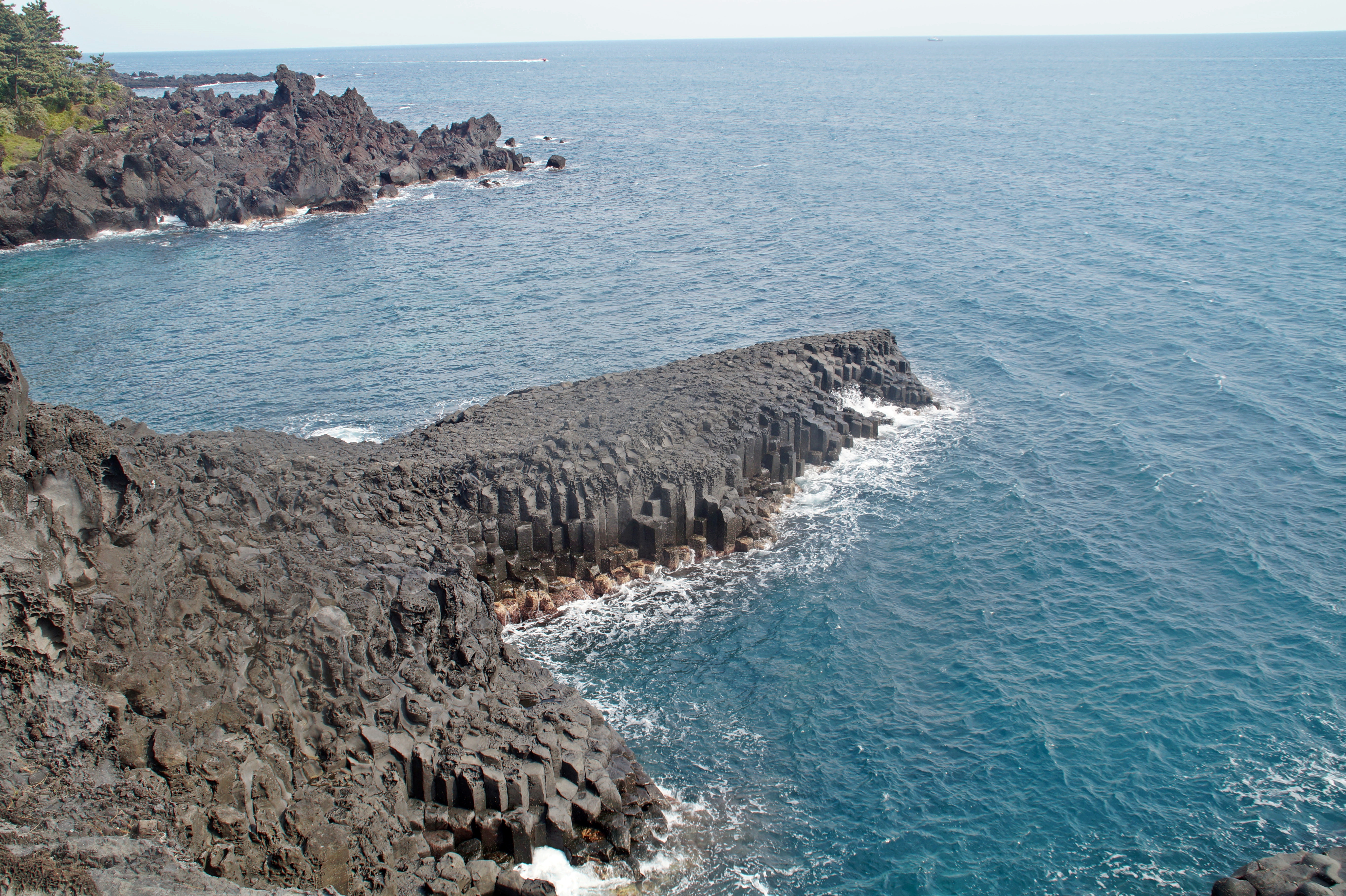
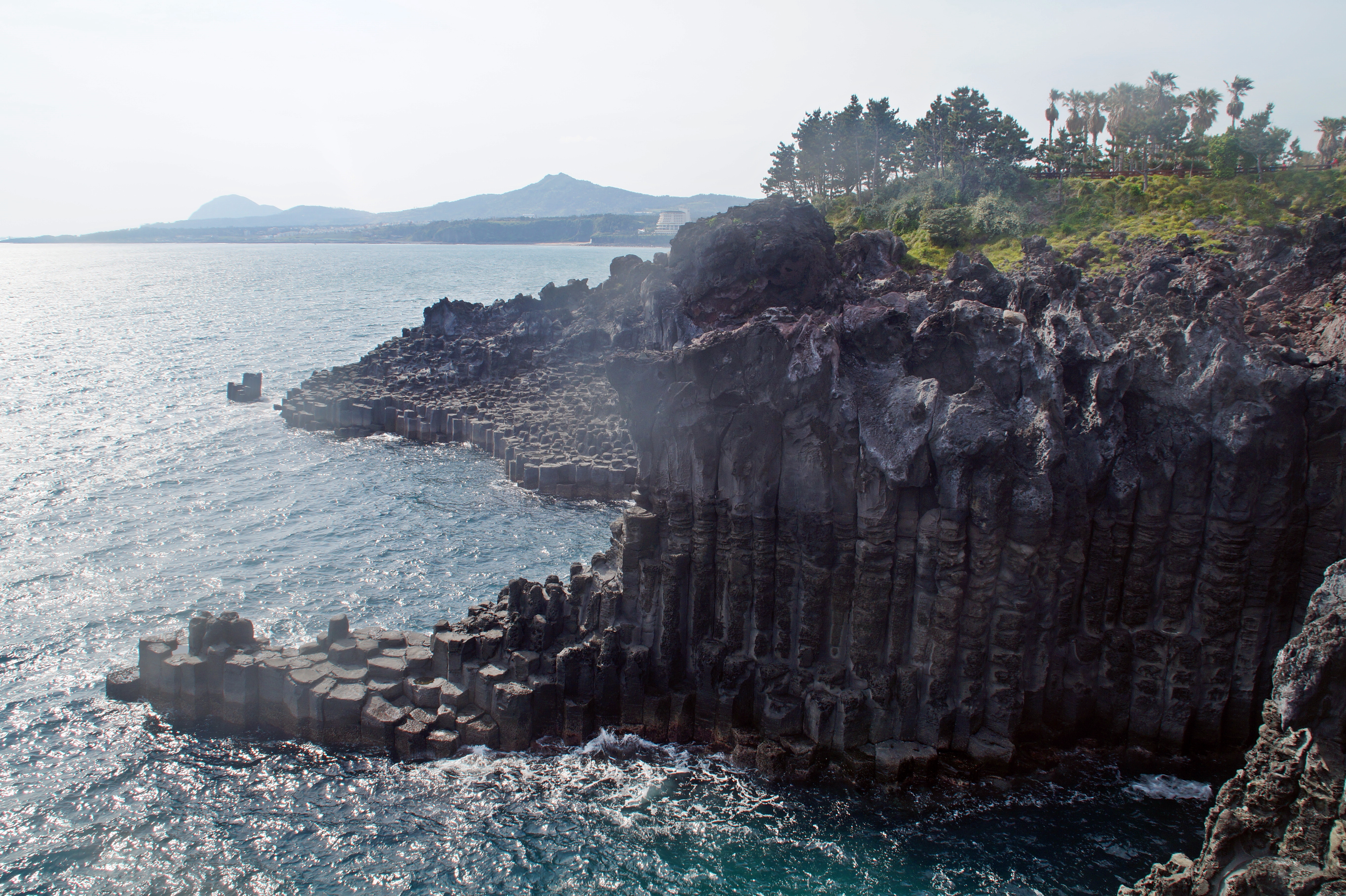
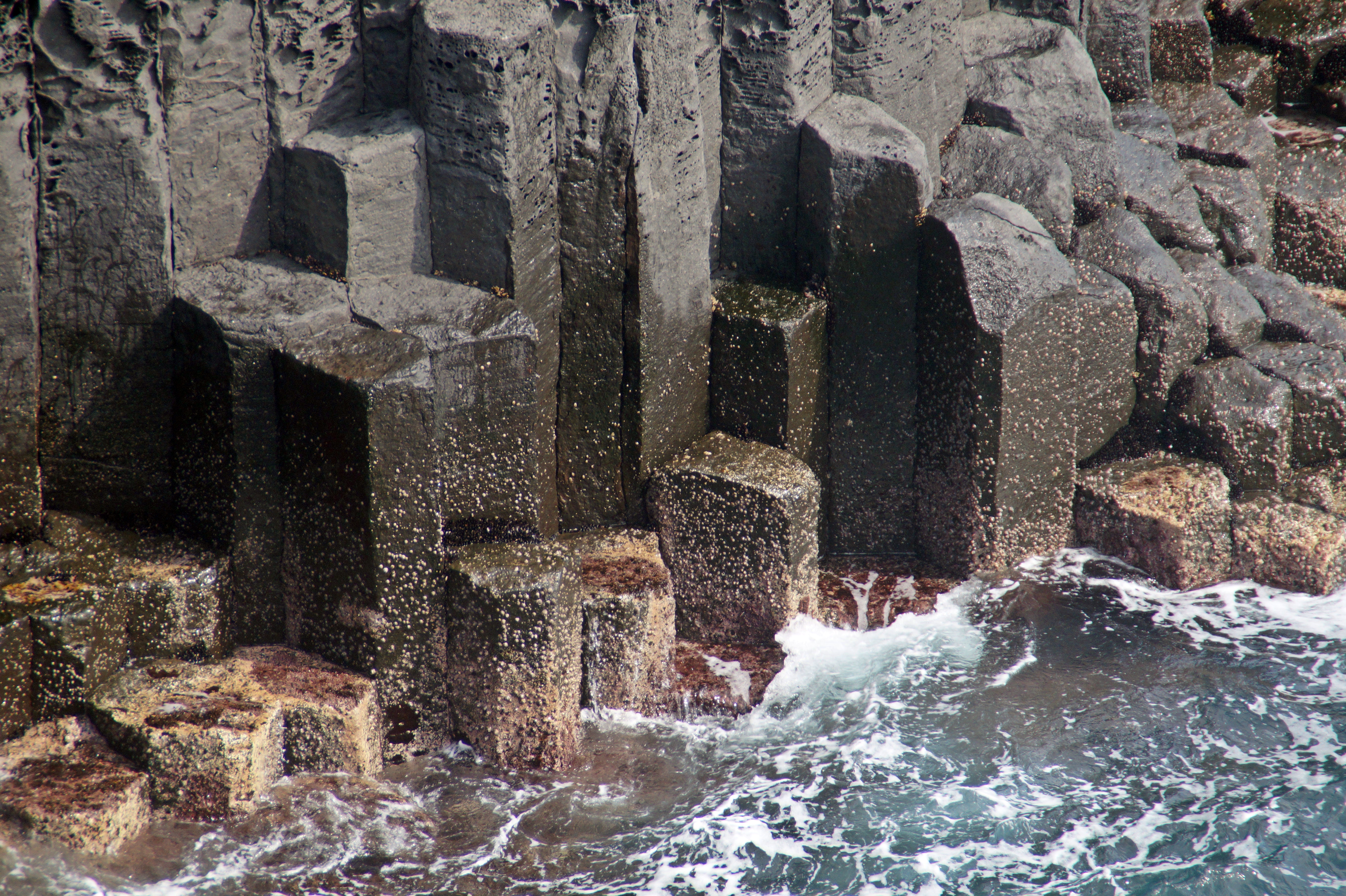
Since I found the cliffs quite late, I had to hurry in order to see the rest before sunset. I caught a bus from the cliffs to the Oedolgae Rock, also known as the Lonely Rock. Oedolgae Rock is a basaltic stone pillar standing 20 meters above sea level and it’s a popular tourist attraction due to the beauty of the area and the legends about the origin of the rock. A local legend has it that a woman committed suicide, because she feared that her husband had been lost at sea. Soon after she committed suicide, the body of her husband was washed ashore at the very spot she threw herself into the ocean. The pillar embodies the woman waiting for her husband and the base of the rock symbolises the body of her husband.
The Oedolgae Rock was surprisingly easy to find and didn’t cost anything to see, so that made for a great change.
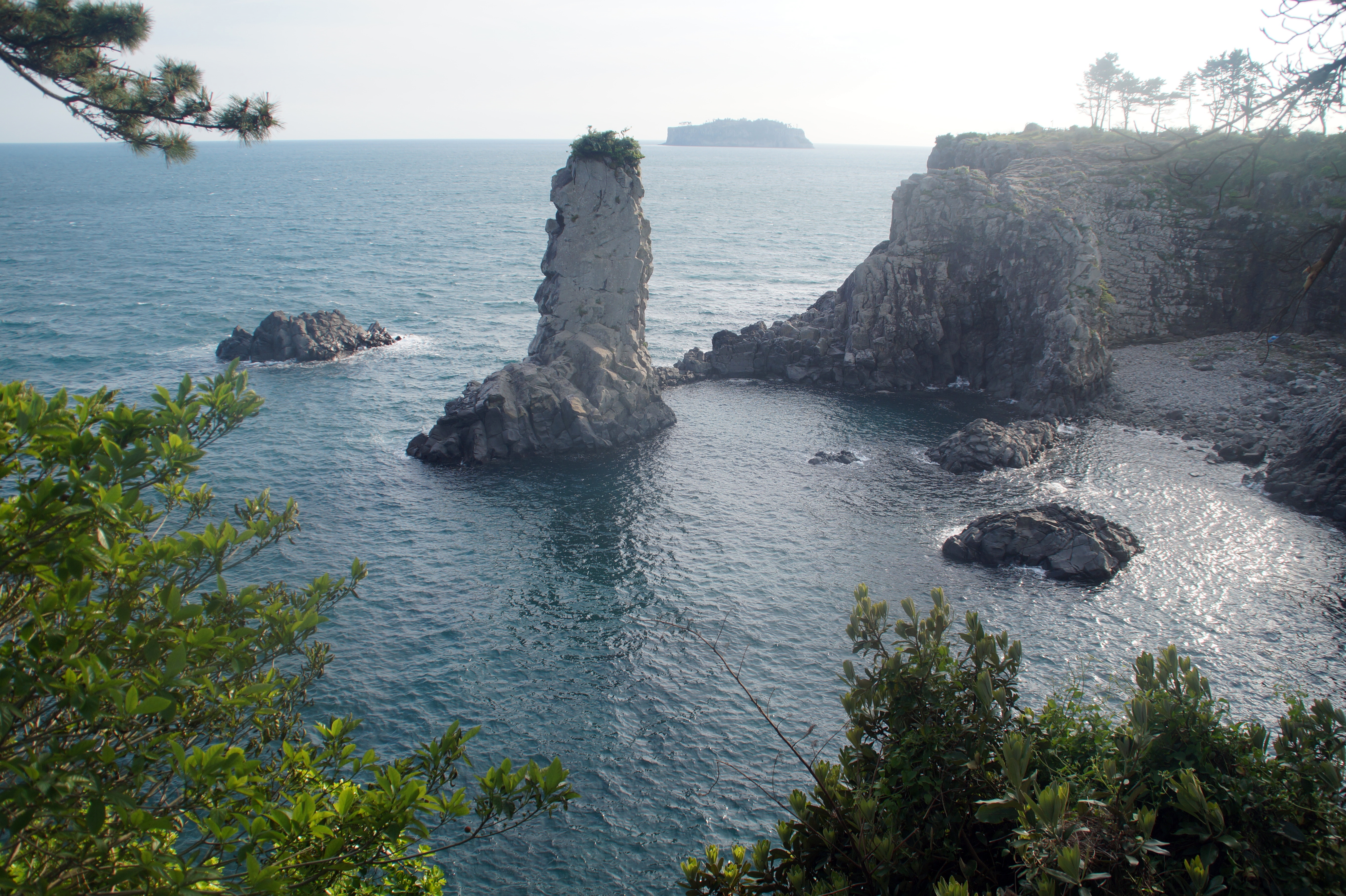
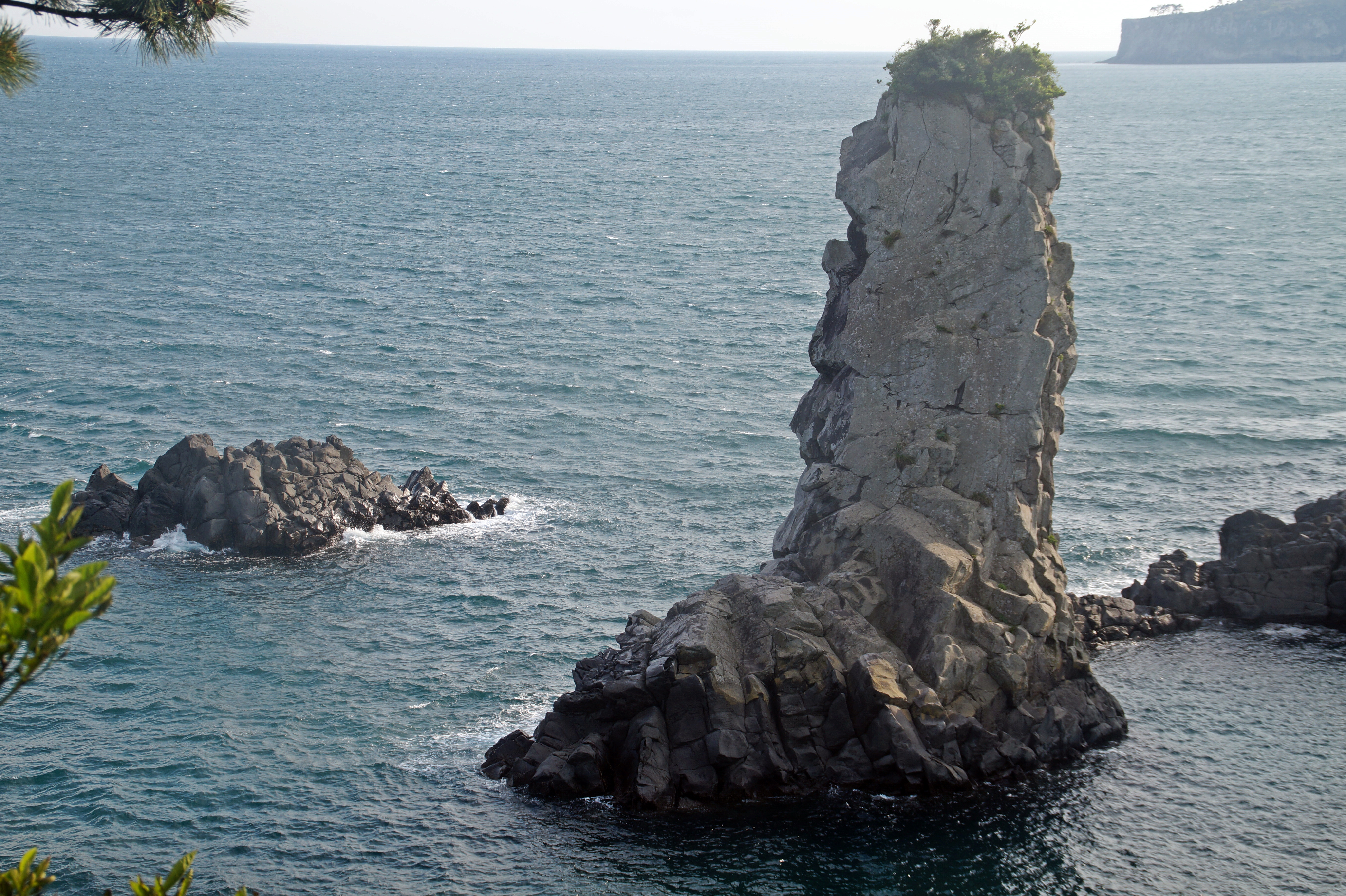
My last stop for the day was one of two famous waterfalls near Seogwipo, the Cheonjiyeon Waterfall, which is 22 m. high, 12 m. wide and 20 m. in depth. The name of the waterfall translates to “God’s pond” and comes from a legend of seven fairies who served the King of Heaven that came down to the pond on stairs of clouds to swim in the clean waters of the waterfall.
I had to rush a bit to get there, as the sun was already setting, but I did manage to make it there in time – and the time of day made it even more rewarding.
The area that the waterfall is located in is stunning, especially when bathed in orange light from the setting sun. In my opinion, the area was way more spectacular than the actual waterfall and I would gladly spend another 2000 KRW to go back there to spend a few hours doing nothing.
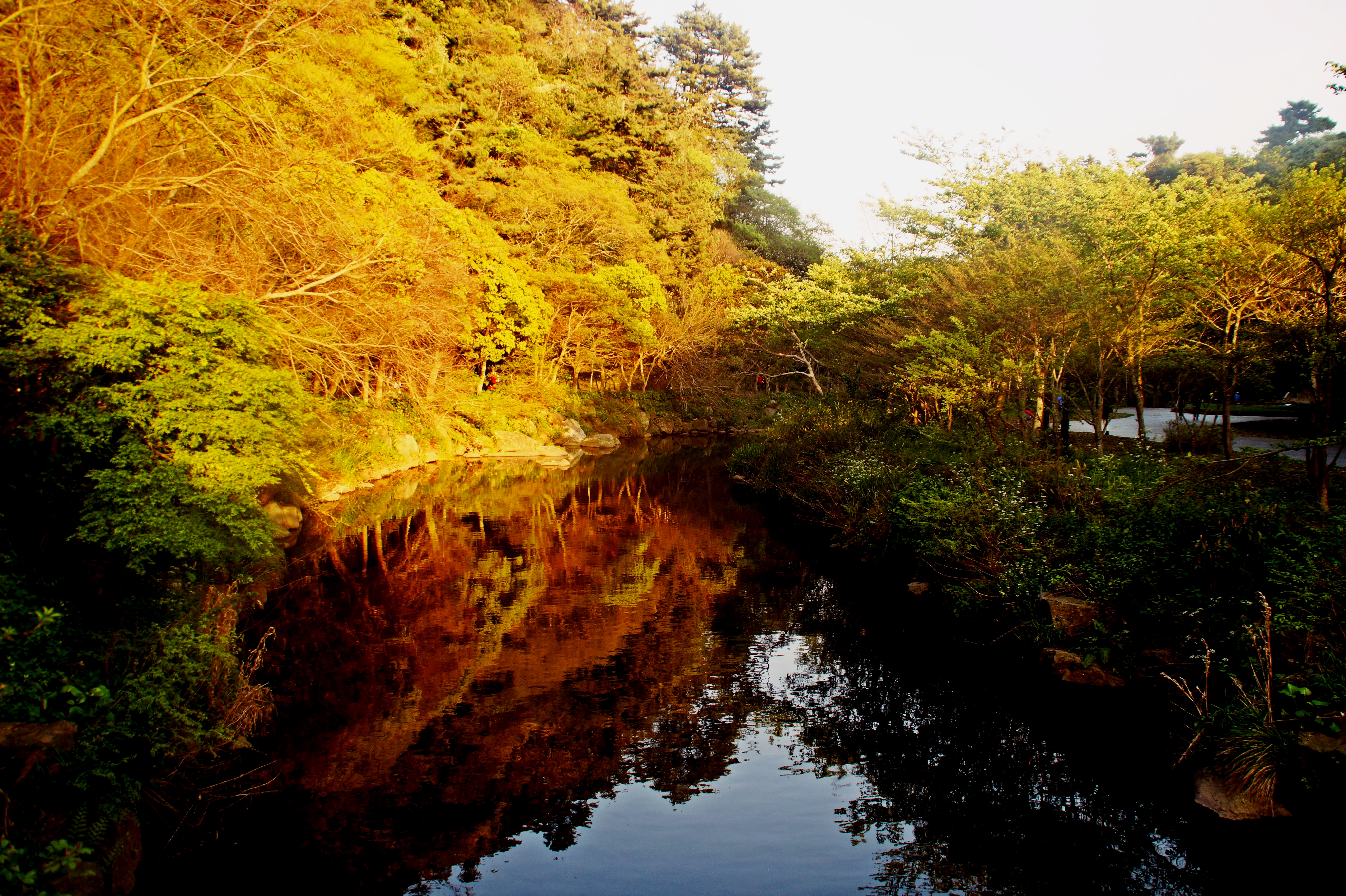
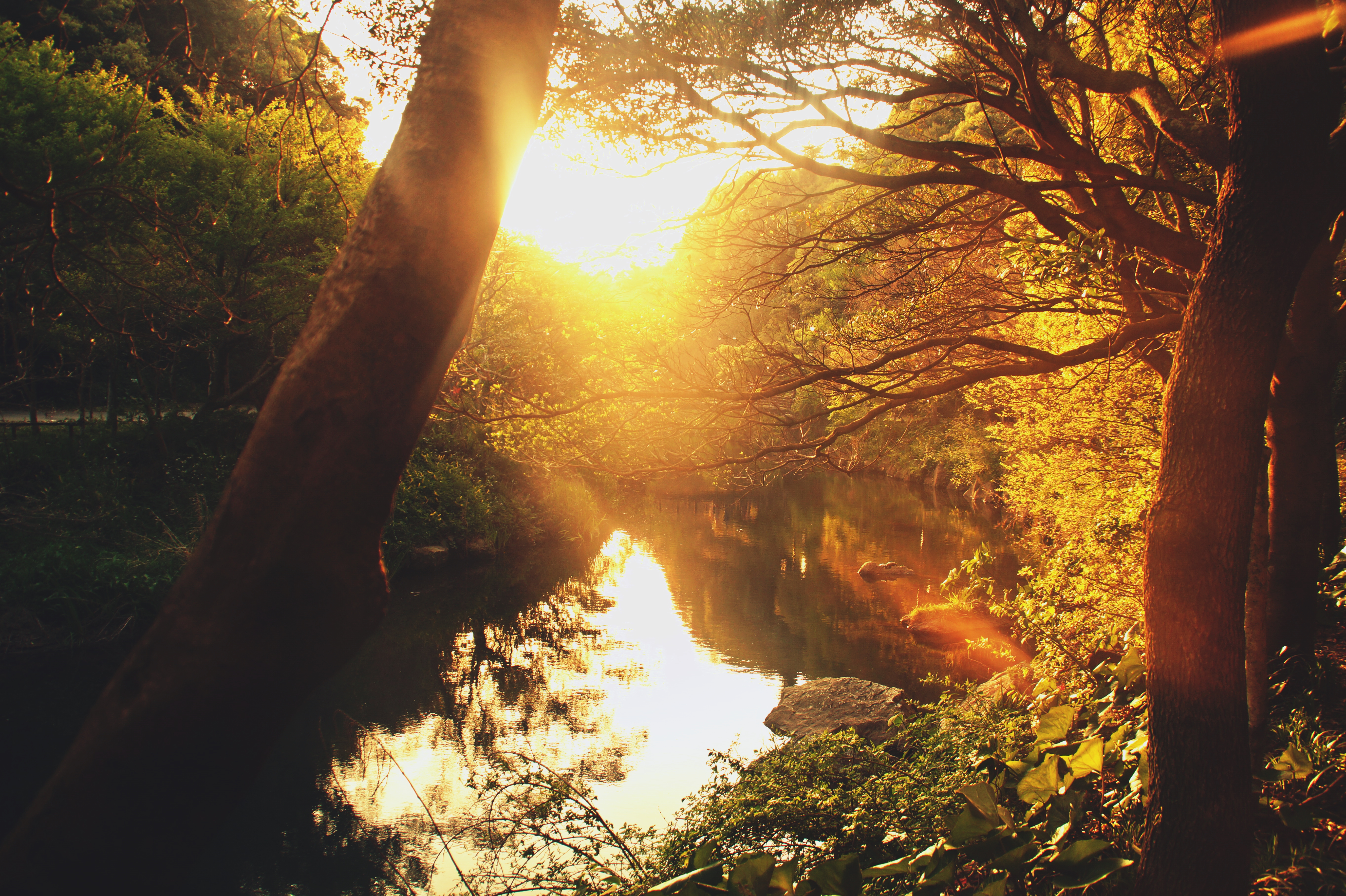
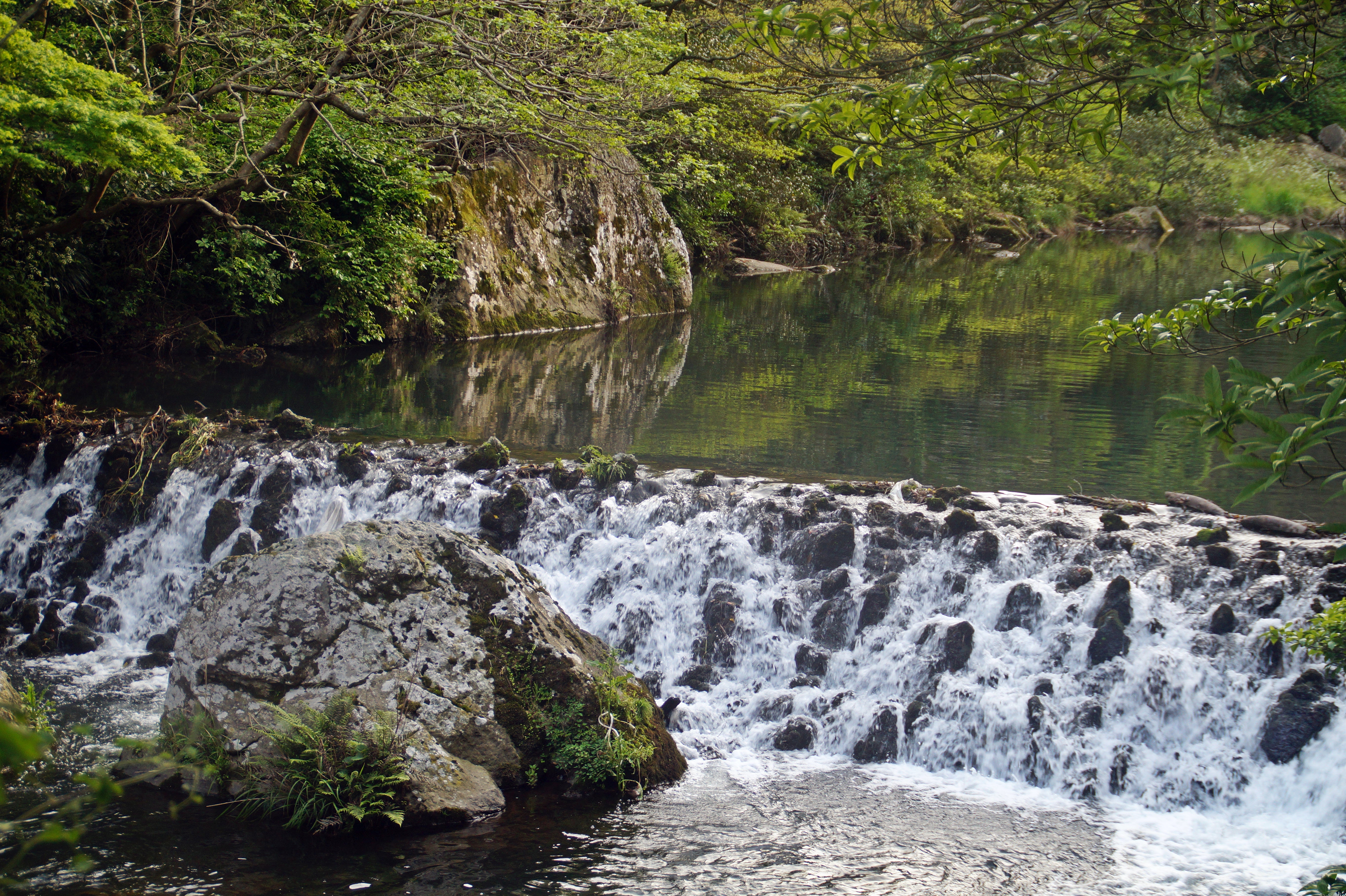
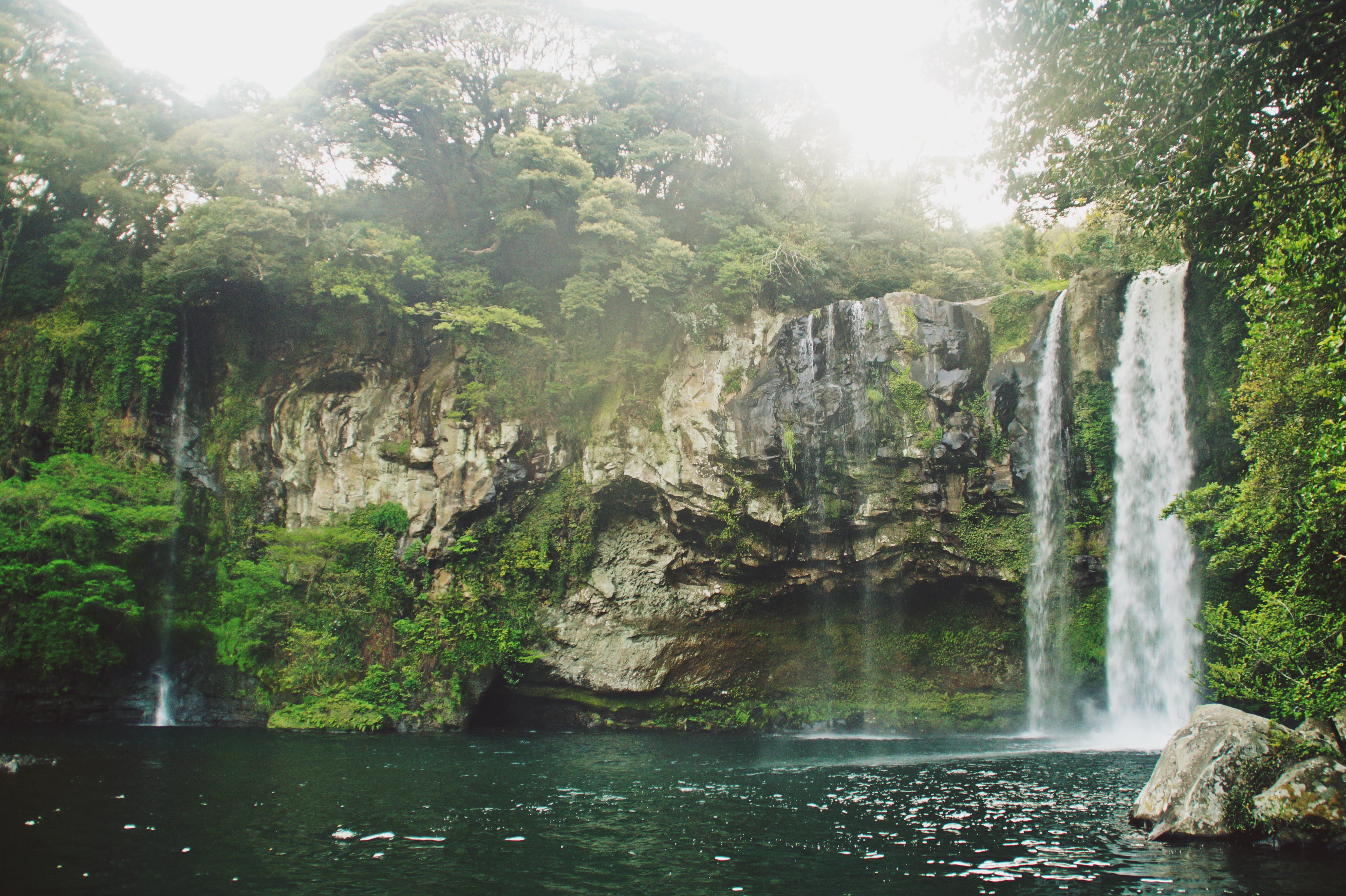
I spent all of my third day climbing Mount Hallasan, one of three UNESCO World Heritage Sites on Jeju Island. I wrote a blog post earlier about my spectacular hike on this iconic mountain!
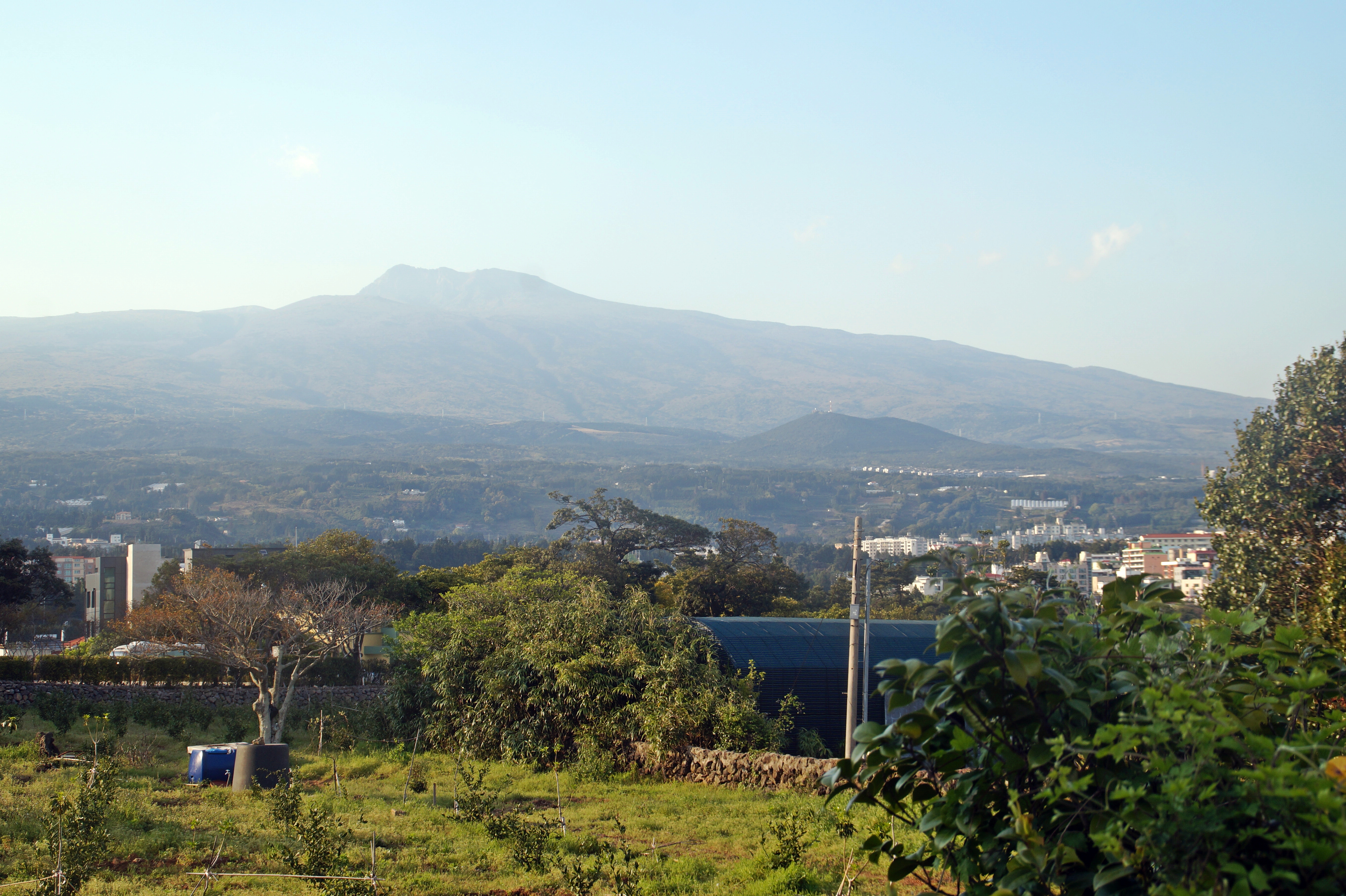
Mount Hallasan seen from Seogwipo
My fourth and last full day was spent in the northeast part of the island, visiting two marvelous UNESCO World Heritage Sites.
My first stop was the Manjanggul Cave, which is located 1,5 hours drive from Seogwipo. It was supposed to be a simple ride, but it took much longer than expected and the bus driver didn’t seem to want to help me. For some reason (I had a feeling it was because I spoke English to him and he got nasty with me, when he didn’t understand), he refused to stop when I got up to get off and instead, made me walk a kilometre from the next bus stop…. And to make it worse, when I finally got to the Manjanggul Cave bus stop, there was a sign pointing to the entrance located another 2 kilometres away. Great. So a lot of extra walking that day and a bit of stress added because I wanted to be at the next site before sunset and I was already delayed.
Manjanggul Cave is a lava tube that is regarded as one of the finest in the world. The lava tube was formed about 300,000 to 200,000 years ago and is still in excellent condition. It’s home to many different creatures, including the Jeju cave-spider and over 30,000 bent-wing bats.
The lava tube stretches for as far as 13,422., but only 1 km. of it is open to the public. I spent about an hour walking through the tube, studying the different types of lava formations including stone pillars and stalactites. At the end of the part that is open to the public, is a 7,6 m. lava column, which is the largest known in the world.
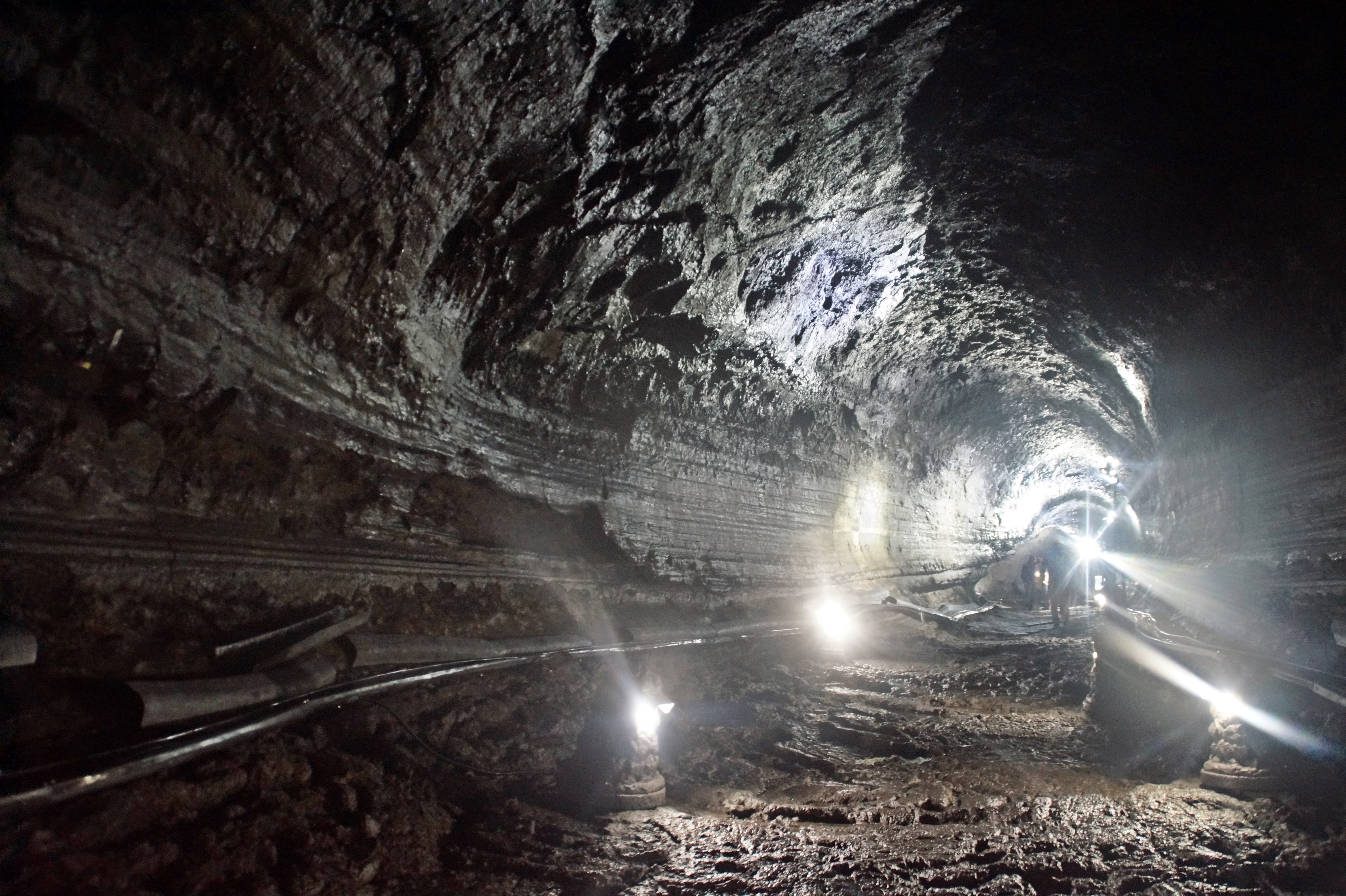
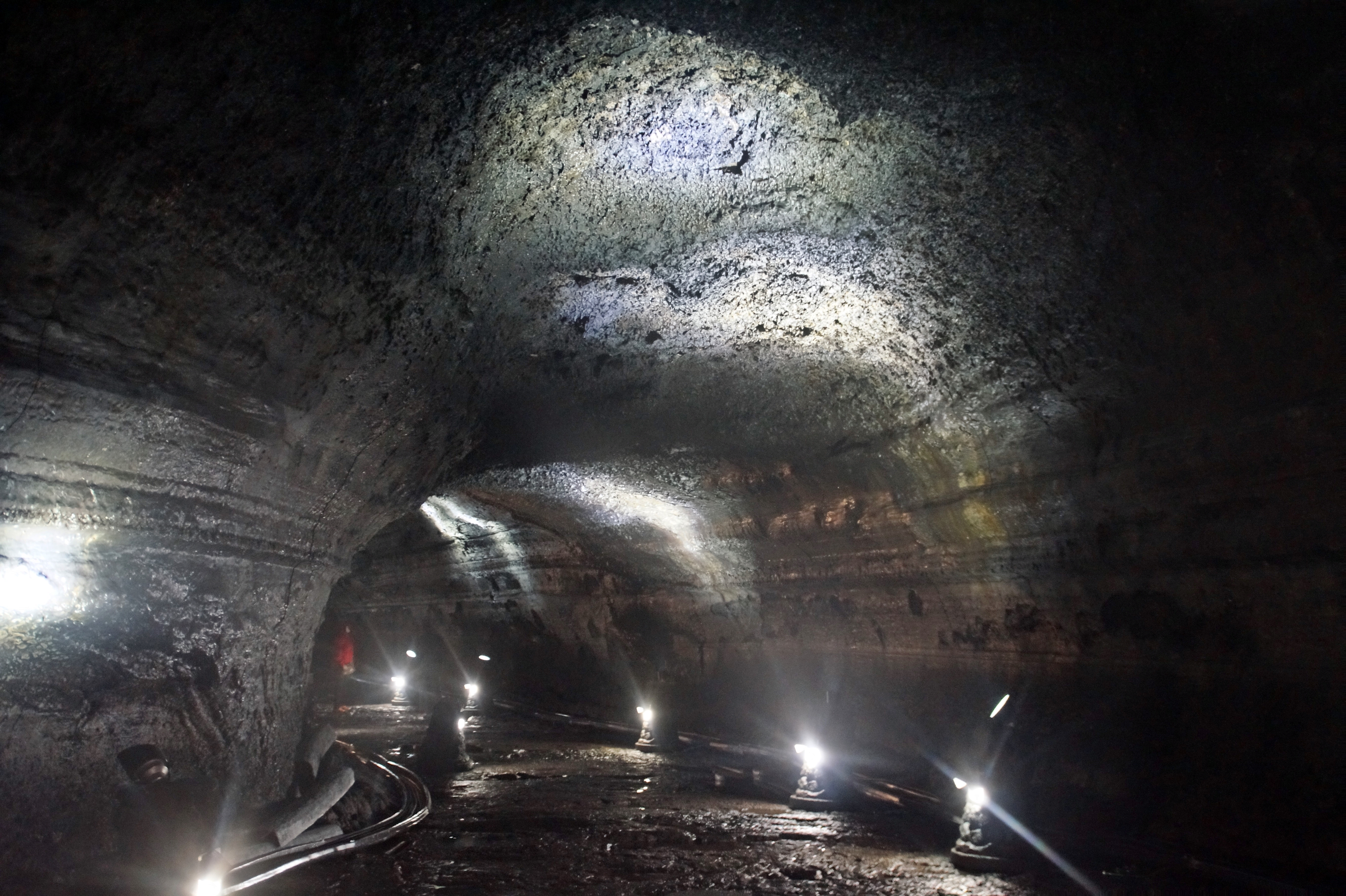
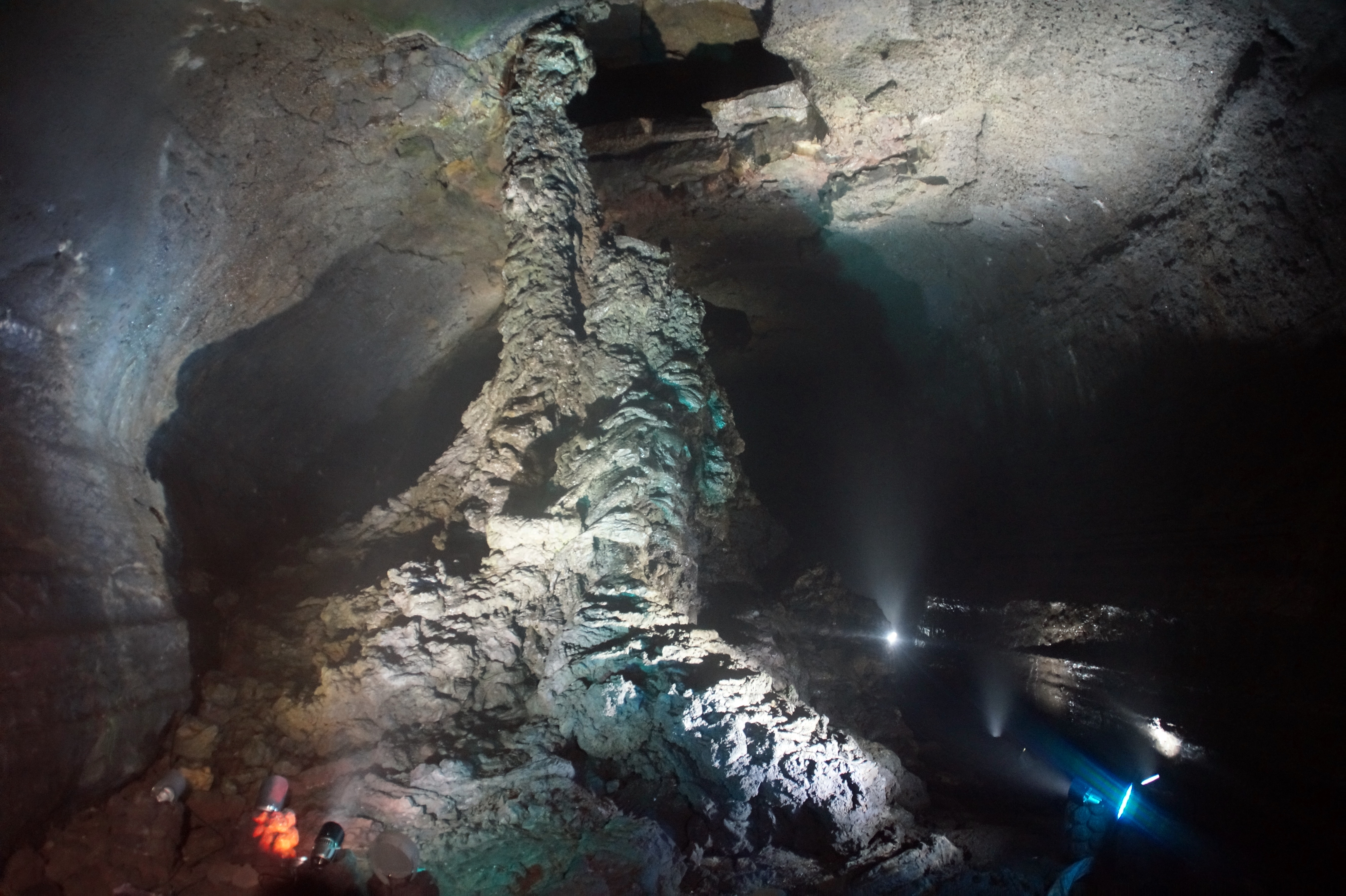
From the Manjanggul Cave, I had about 40 minutes drive to my last destination of the day, the Seongsan Ilchulbong, an archetypal tuff cone formed by hydrovolcanic activity about 5,000 years ago. The volcanic crater is the easternmost tip of Jeju Island and is therefore a popular place to watch the sunrise, but unfortunately, I didn’t have time to do that, so I decided to go for an afternoon hike instead.
The tuff cone is only 182 m. high, but the trail is steep and very crowded. Despite this, it didn’t take me long to get to the top, where I finally had time to relax and enjoy the stunning views, free from stressing about the sun that would set a few moments later.
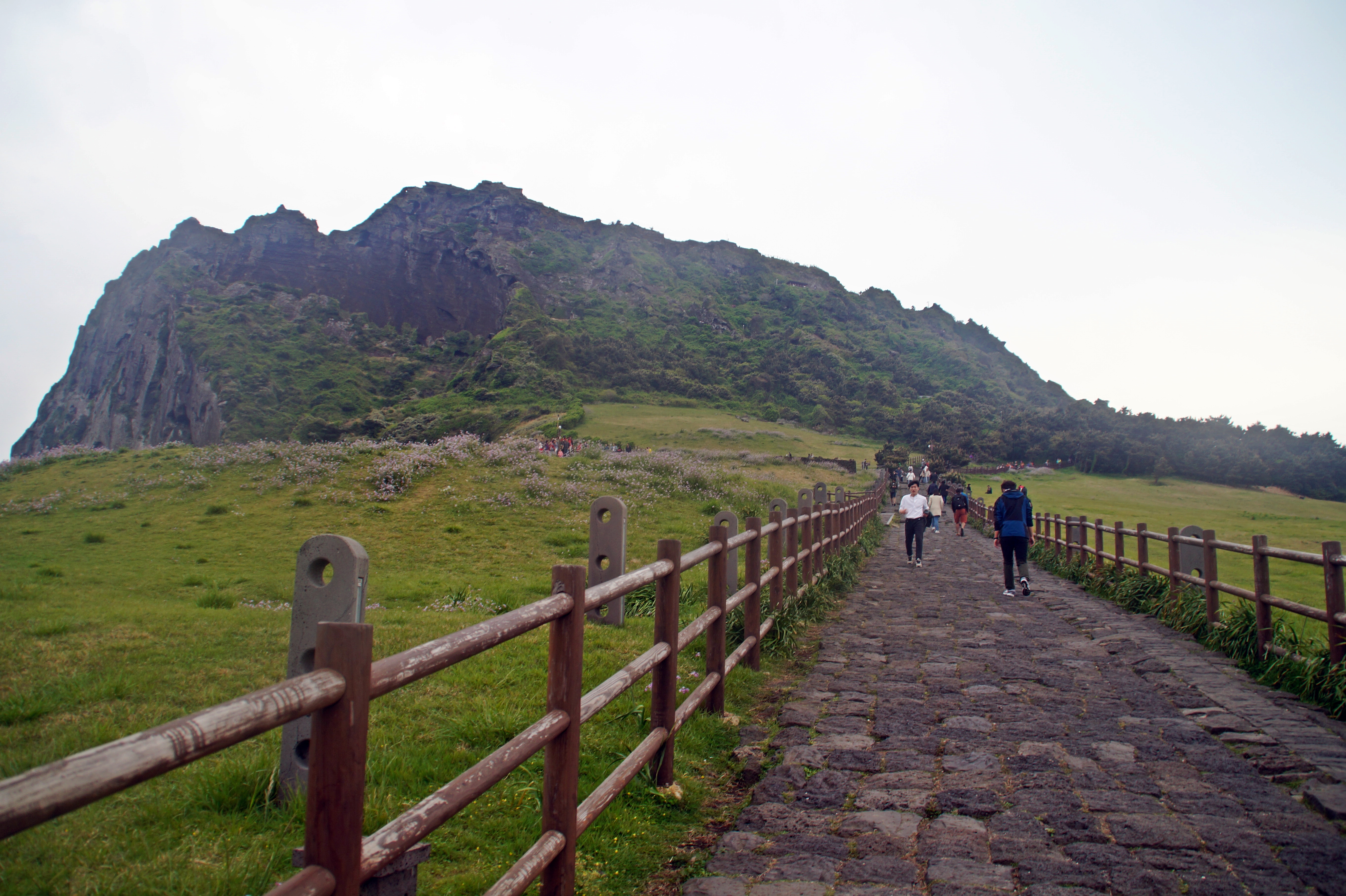
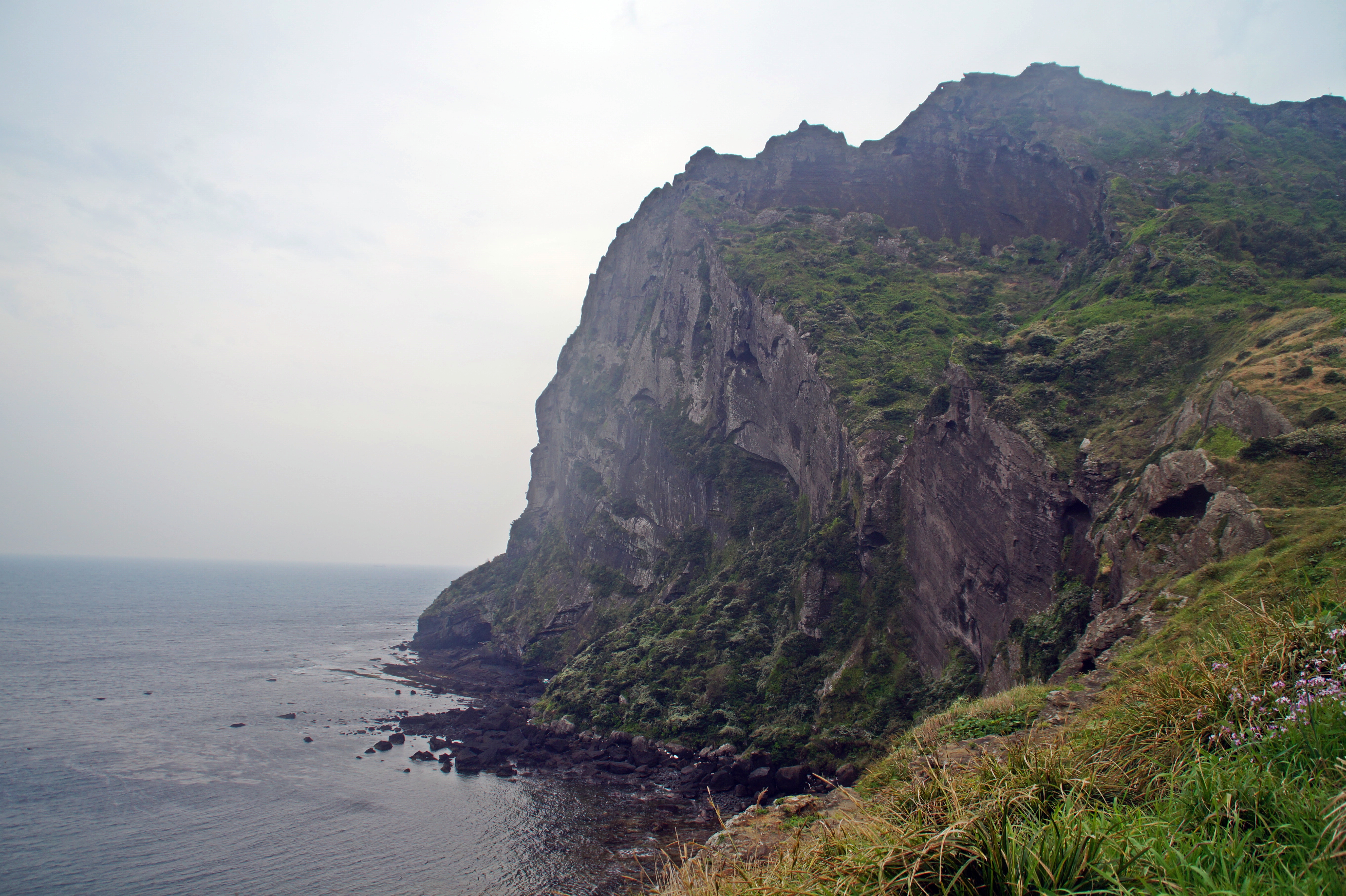
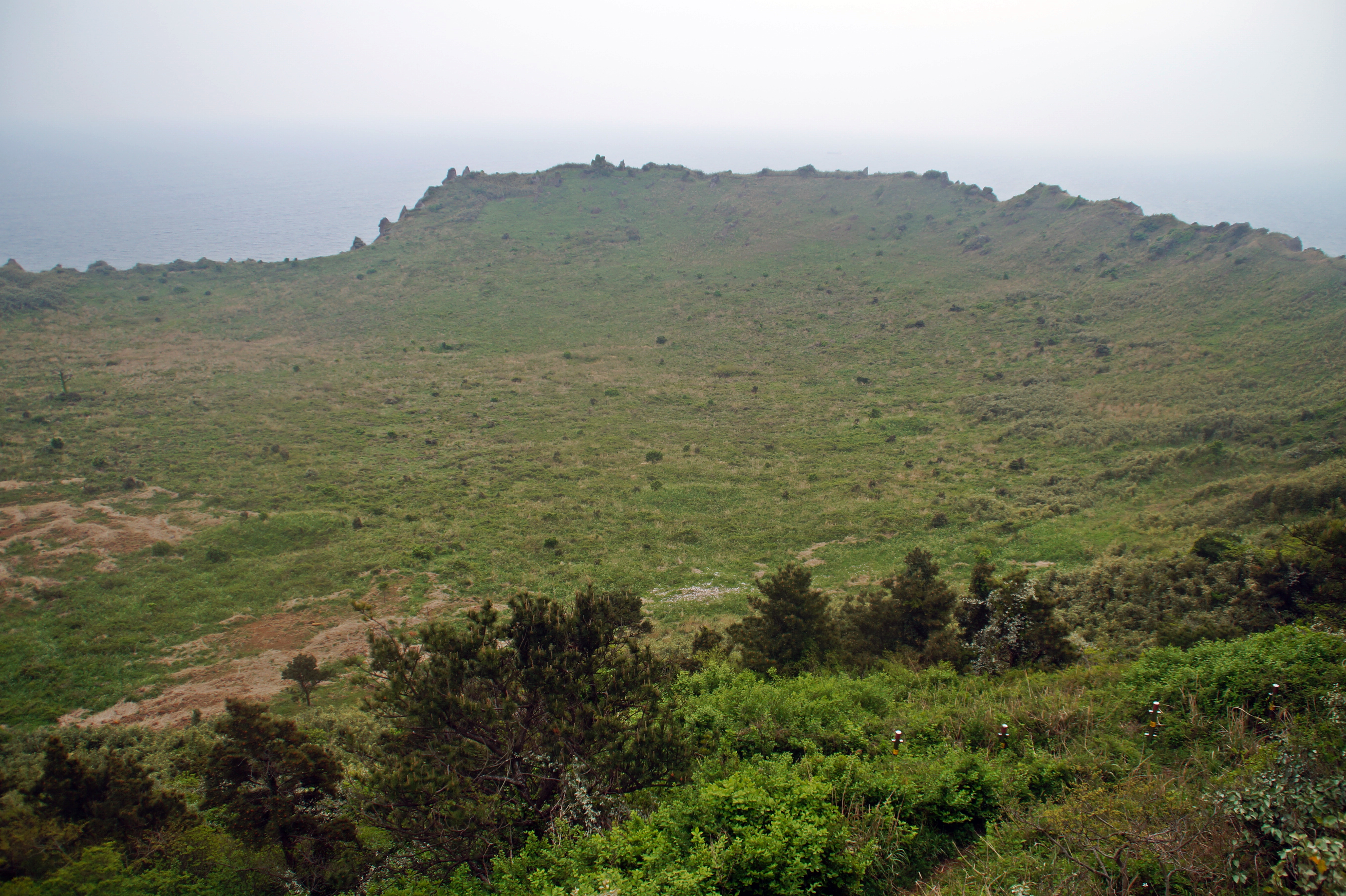
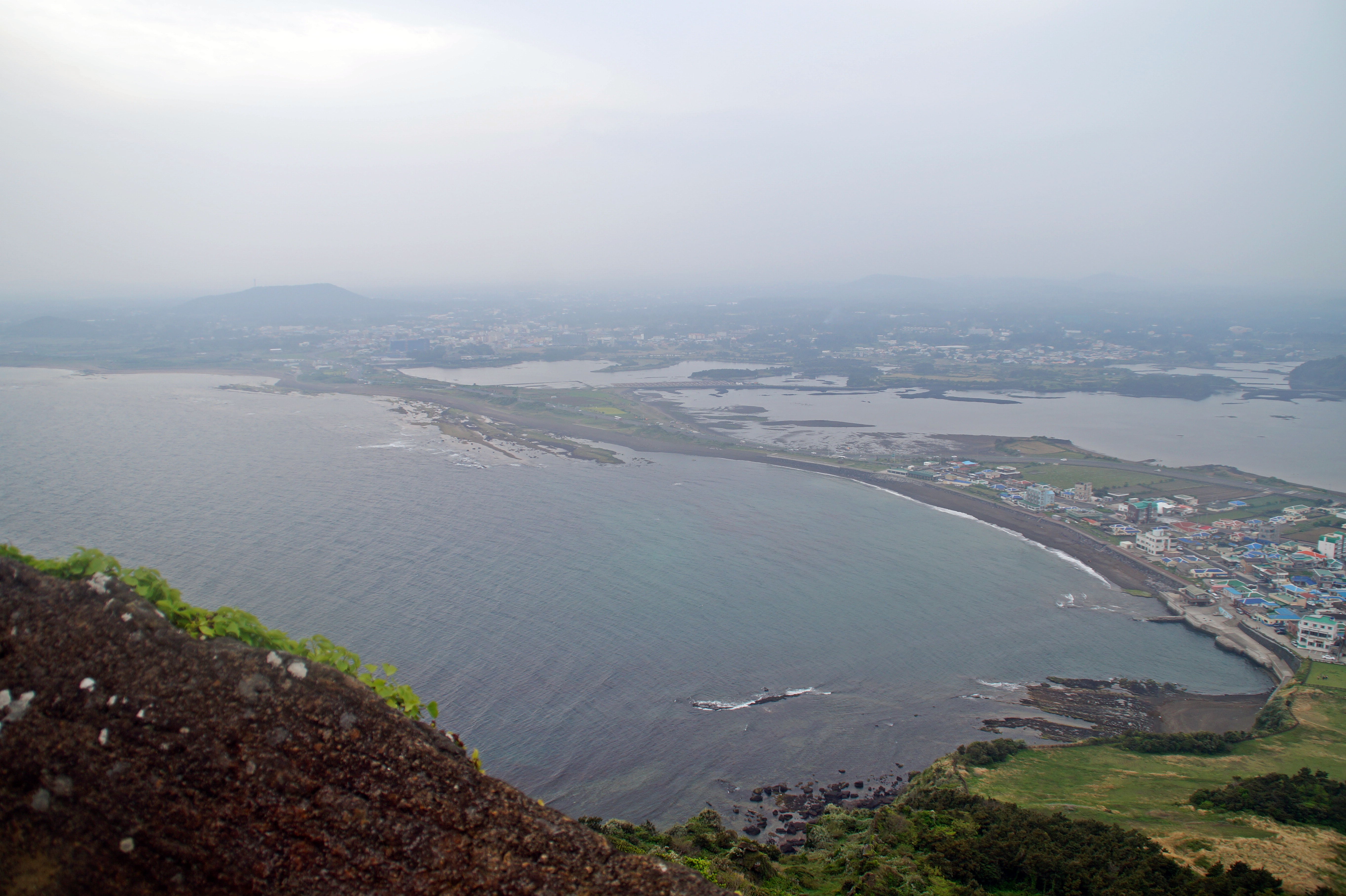
The day after, I had a plane to catch to Seoul, but I had a few hours to kill in the morning before heading to the airport. I decided to walk to the other famous waterfall in Seogwipo, located just 15 minutes from the city center.
The waterfall is called Jeongbang and is apparently the only waterfall in Asia that falls directly into the ocean (although it falls on a bunch of rocks before actually hitting the ocean, at least at low tide).
The Jeongbang Waterfall is a beautiful sight and seemingly a popular picnic destination for locals. Even on a rainy day, there were locals camping out on the rocks near the waterfall!
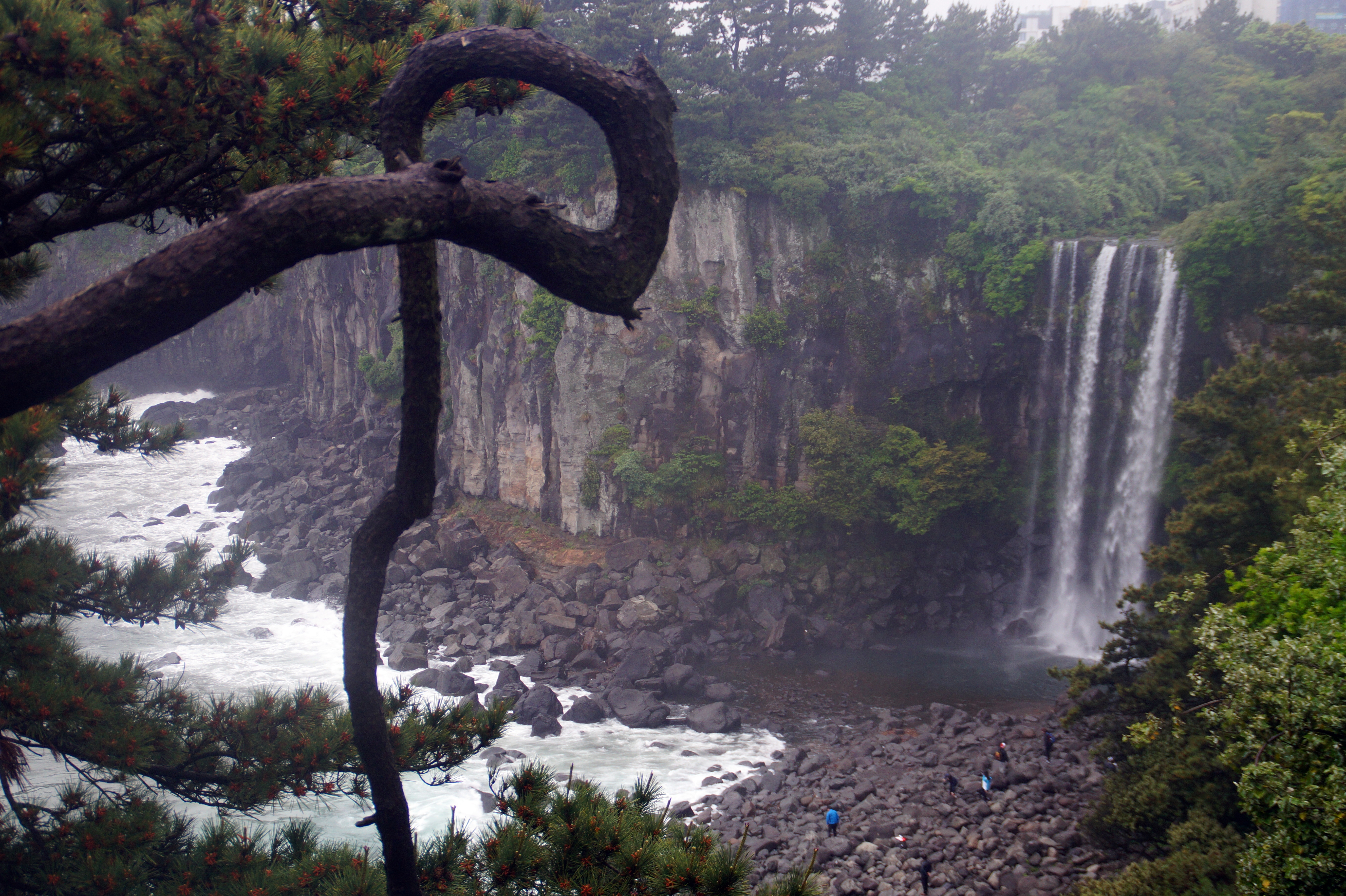
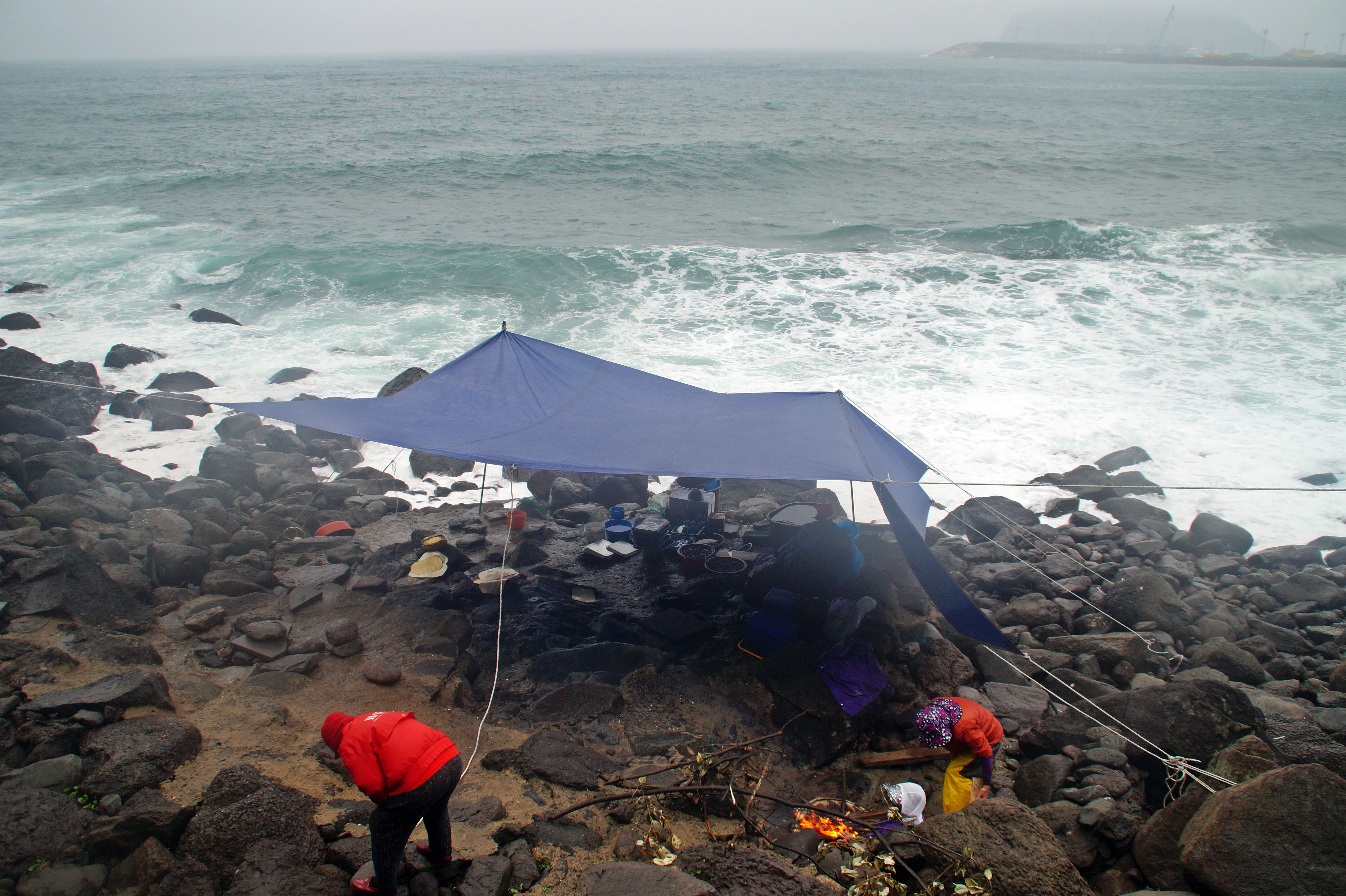
As you can see, I crammed a lot into my short time on Jeju Island and although there is definitely still more to see, I feel like I got a good taste of what the island has to offer, and I can fully understand why it’s such a popular destination.
One thing I do not get is why I had to pay for the entrances to these natural heritage places. I mean, the earth gave us these wonders, so shouldn’t everyone be able to enjoy them without forking out? Mother Earth has created wonderful sites all around the world and in my opinion, these should be shared and appreciated by everyone.
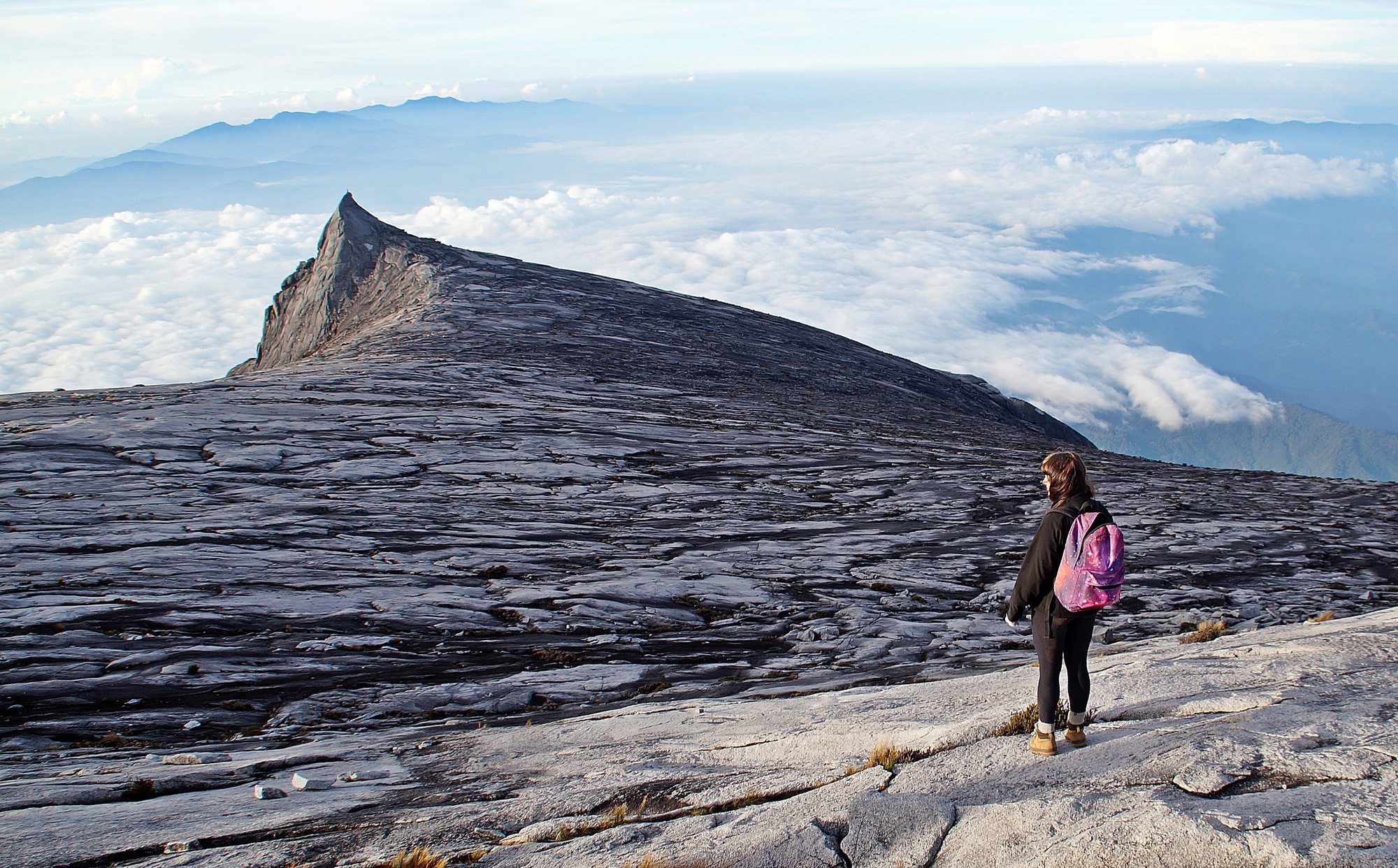
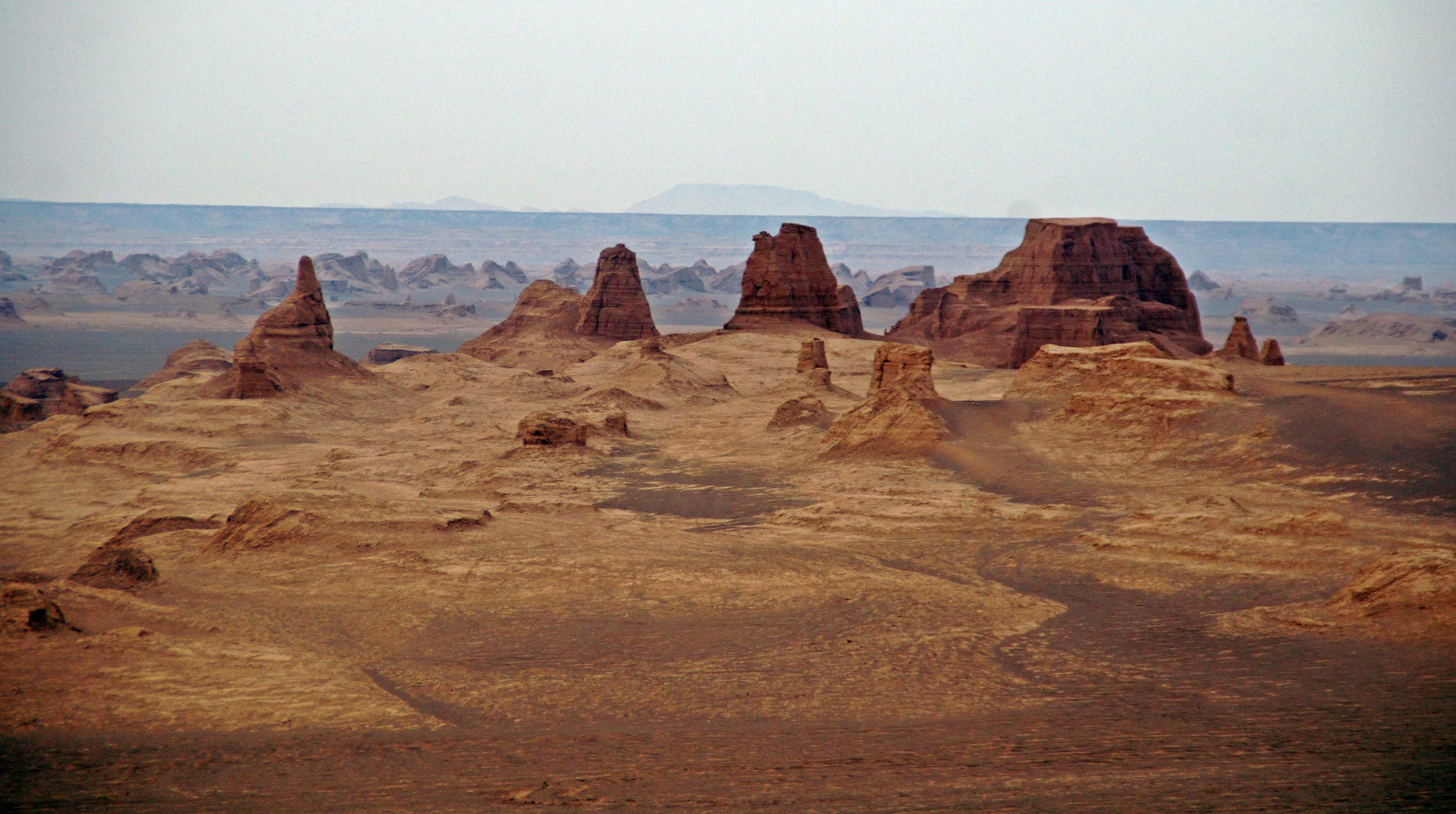
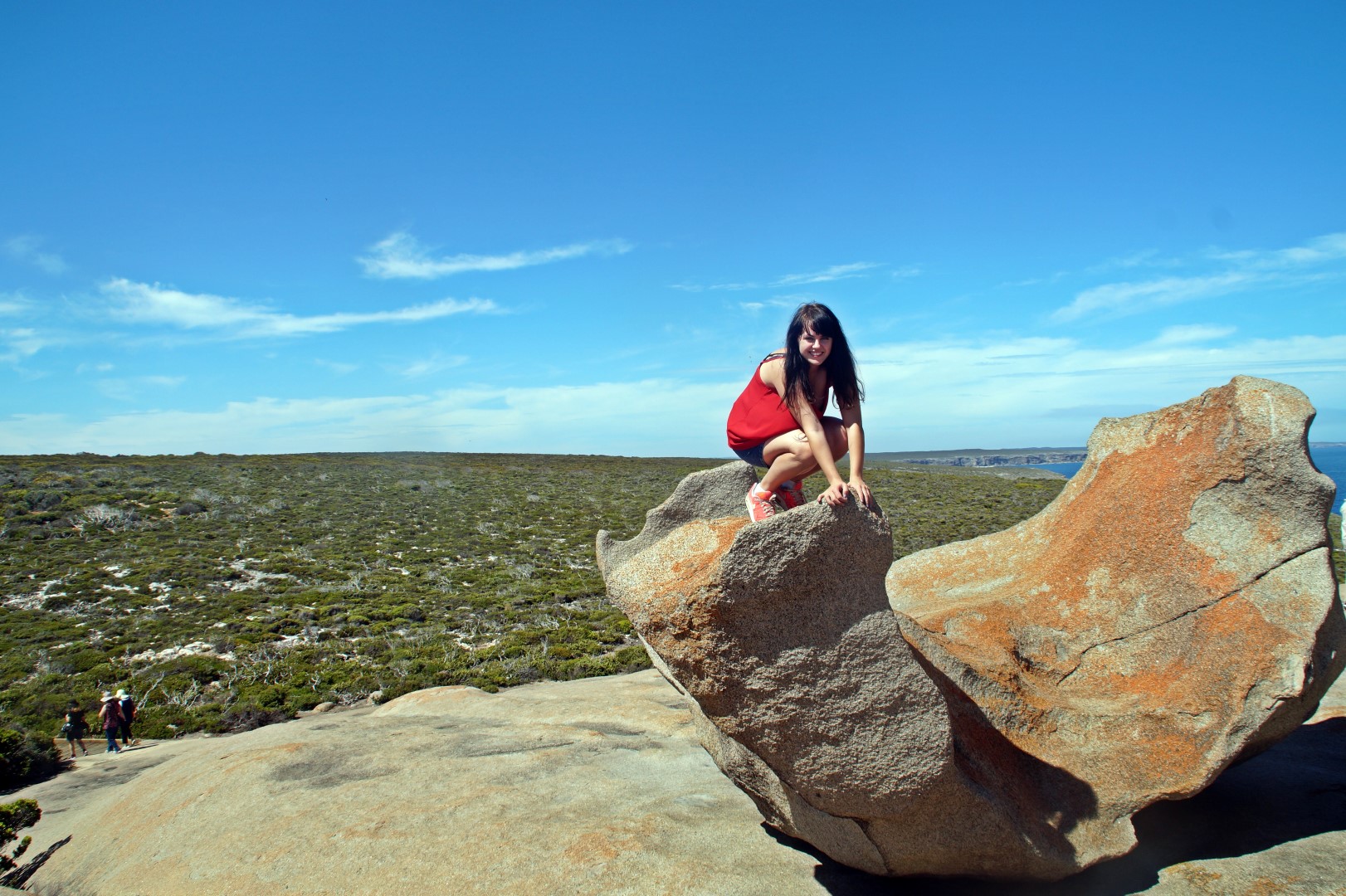

2 COMMENTS
Ann
8 years agoRocks and beautiful views! Nature is the best creator! I agree with you, Mel! That’s a very amazing place! I am so luck to see it through your sweet and beautiful posts! Thank you! Where are you now? Aren’t you already at home? Still traveling? Stay in touch! Relax well!
Melissa Cherry
8 years agoNature sure is! I’m glad you’re coming along on the journey through my blog 😀
I’m still travelling, in Mongolia at the moment! I still have a month left before I go home 😀 xx